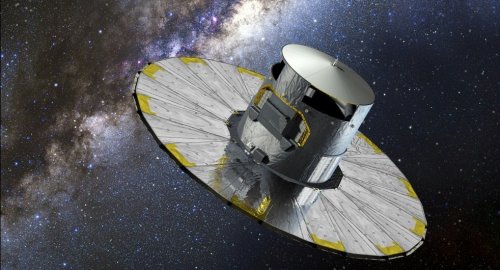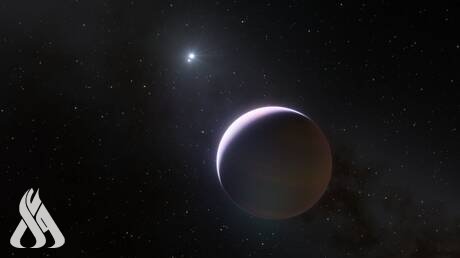
NASA’s Parker solar probe is making history

Multimedia
- 12-08-2023, 23:38
INA - SOURCES
NASA’s Parker Solar Probe, launched five years ago, has made remarkable achievements, including becoming the first spacecraft to “touch the Sun.” It has collected vital data on the Sun’s upper atmosphere and solar wind, breaking speed and distance records in the process. The mission reflects decades of innovation and will continue to enhance our understanding of the Sun’s relationship with Earth.
On August 12, 2018 – five years ago this week – NASA’s Parker Solar Probe blasted off atop a powerful Delta IV rocket from what is now Cape Canaveral Space Force Station. The predawn launch into the skies over the Florida coast marked the start of a game-changing mission to unlock the secrets of the solar wind – and the culmination of decades of development to craft a robotic explorer able to withstand the heat and radiation near the Sun like no other spacecraft before it.
Designs for a “Solar Probe” started coming together in 1962, just four years after the National Research Council’s Space Studies Board first proposed a mission to explore the environment near the Sun. But the technology to pull off such a bold endeavor, especially the material ingredients for an effective heat shield, just wasn’t available – yet.
Parker Solar Probe was developed as part of NASA’s Living With a Star program to explore aspects of the Sun-Earth system that directly affect life and society. The Living With a Star program is managed by the agency’s Goddard Space Flight Center in Greenbelt, Maryland, for NASA’s Science Mission Directorate in Washington. APL designed, built, and operates the spacecraft and manages the mission for NASA.
China Says It 'Firmly Opposes' US Military Aid To Taiwan
- International
- 07:36
First joint picture of Greenland Ice Sheet melting, ESA
- Multimedia
- 09:28
US Central Command: We killed ISIS terrorist leader Abu Yusuf in Syria
- International
- 24/12/20
Liverpool compete with Real Madrid to sign Olympique Lyonnais star
- Security
- 24/12/19
ISC, ADX discuss Strengthening Economic Ties
- Economy
- 24/12/16
Iraq assumes presidency of Arab Investment Company’s Executive Board
- Economy
- 24/12/17












